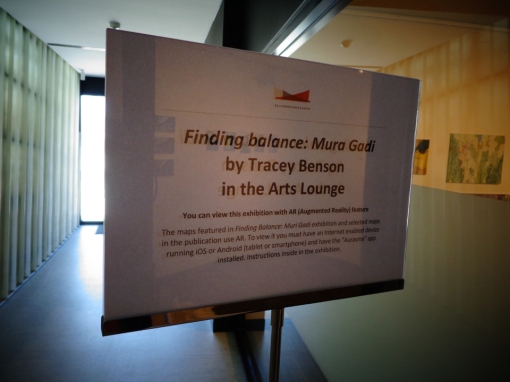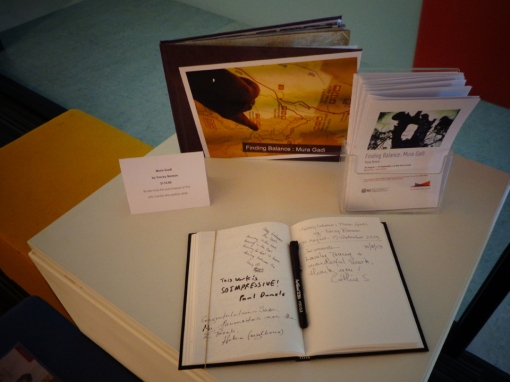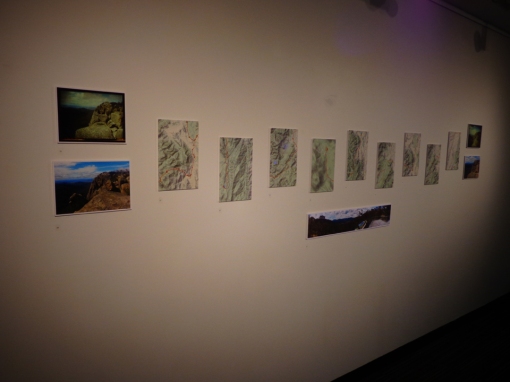Today I came across a very insightful essay on Crikey by Dr Denis Muller titled
The age of consent: journalists’ ethics in natural disasters.
The article explored how journalists should behave on disaster situations and how they should engage ethically with victims. In most cases content needs to be given, unless the person being interviewed is a public figure or it is a public forum: He states:
So the requirement to obtain consent will vary according to:
- The person’s familiarity with the media;
- The person’s position of power relative to the media’s power;
- The person’s position as a participant in a public forum; or
- Whether the person is the object of disclosure of some matter that is in the public interest.
For the most part, however, obtaining consent is a basic ethical requirement. Its foundational importance lies in its centrality to the exercising of personal autonomy. Autonomy, in the liberal tradition, is generally understood as self-determination — as the philosopher Sir Isaiah Berlin put it, the essence of being human.
If the journalist does not ask for content, it could be construed a number of ways, For example:
By failing to obtain consent, a journalist may be either coercing or exploiting someone for the purpose of obtaining a story. This would violate the value of fairness that is a part of most media codes of ethics. It is in this way that a thread can be discerned connecting the codes, via the value of fairness, to the concept of autonomy and hence the requirement to obtain consent. However, it is left to the individual journalist to infer these meanings from the codes’ broad abstractions.
Dr Muller continues, by stating that there are some standard criteria for asking for contest – in terms of assessing whether the subject is capacly and fully cognisant:
One widely accepted model for assessing the capacity of people to consent is the “four abilities” model:
- The ability to express a choice;
- The ability to understand the meaning of what is proposed;
- The ability to appreciate the implications and consequences; and
- The ability, once equipped with the necessary facts, to arrive at a reasoned decision.
So the ability merely to express a choice is a necessary — but not sufficient — condition to demonstrate capacity. Ethically, the onus is on the practitioner to make a judgment about the extent to which the potential subject exhibits these abilities and to respond accordingly. In the aftermath of Black Saturday, ability 1 did appear to be present among survivors generally; abilities 2 and 3 were present in some, at least to a degree, but absent in others; ability 4 was absent entirely in most cases.
What I think was very intresting was that this article alludes to the fact that even if victims/subjects give consent, that often they are not capable of making such a discision due to trauma and stress. Muller states:
However, the survivors’ state of mind in the aftermath of the disaster raised large questions about their capacity to consent. Many said they were aware of believing they were functioning normally — making decisions, taking stock, trying to think about what to do next. In retrospect, however, they came to realise how abnormally they were functioning:
- Many could not remember any details at all of their early dealings with the media, sometimes not even the approximate date of the encounter — whether it was a day or a week after the fires;
- Many could not remember anything much about the content of the earliest interviews — questions or answers;
- Some did not make the connection between giving an interview and appearing in the newspaper or on television;
- Some gave away information that surprised them when they read it or were told by others what they had been reported as saying; and
- Some were in a state of post-traumatic euphoria, especially in the immediate aftermath.
It was clear that many survivors, while capable of communicating a choice, were at least to some extent deficient in the abilities to fully understand what was being proposed by the media practitioner, appreciate the implications and reason their way to a decision.
I found this article very interesting as I have attended a number of seminars that focus on crisis communications from the organisational perspective – how to manage communications and media in the face of natural disasters. These seminars have focused on how to keep the public informed during a crisis and provided practical examples, like the Brisbane (Qld) floods in 2011 and Cyclone Yasi.
The interesting aspect of this article is that it focuses on the flip side of the crisis – not on how to keep media and community informed but how media should be engaging with community.














